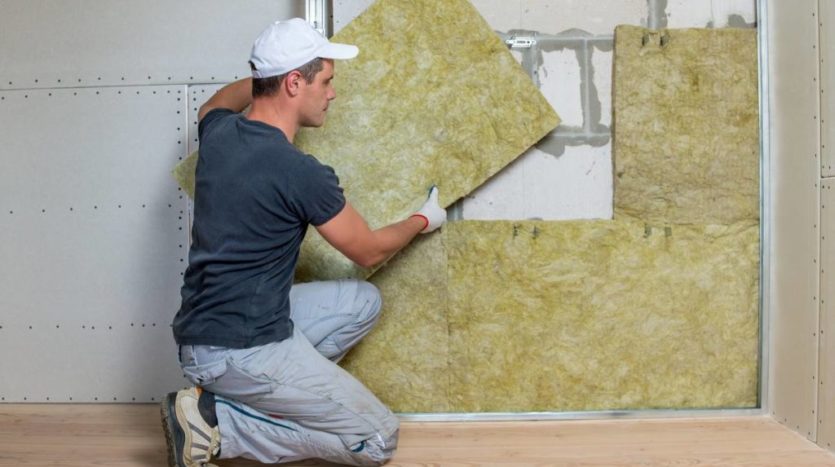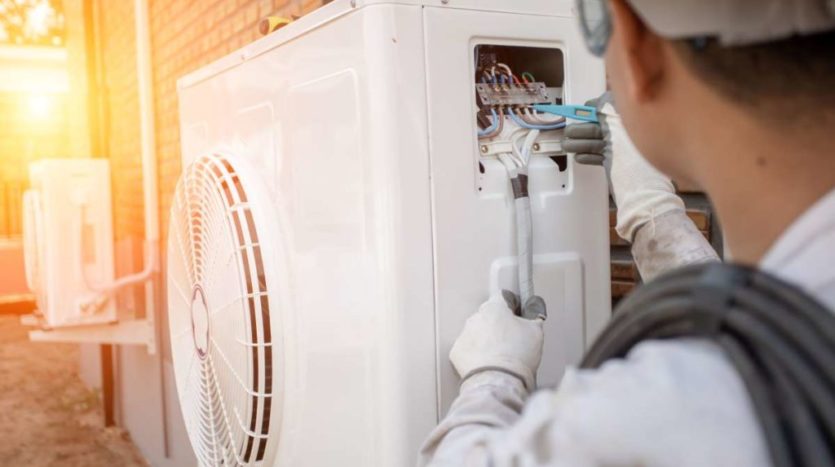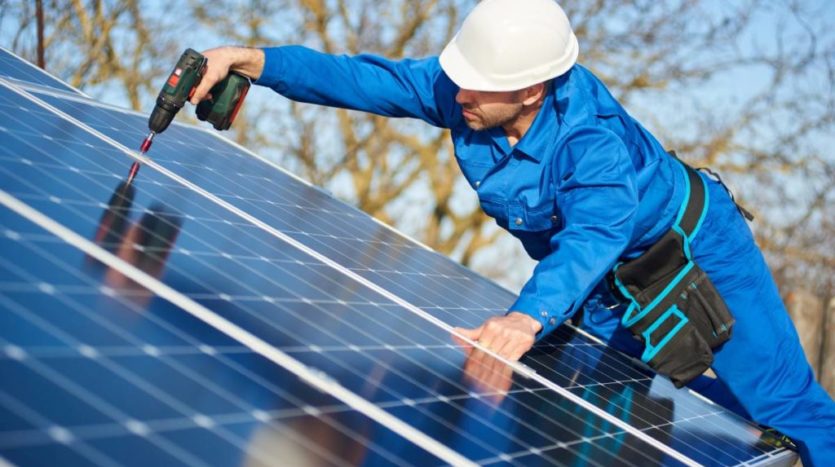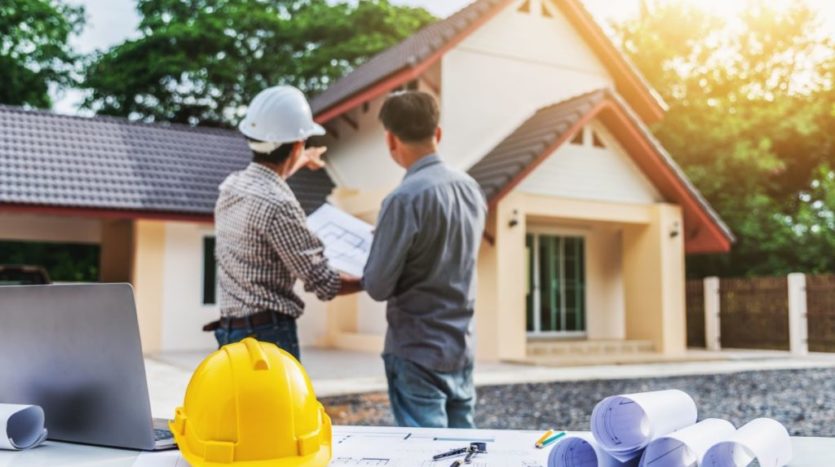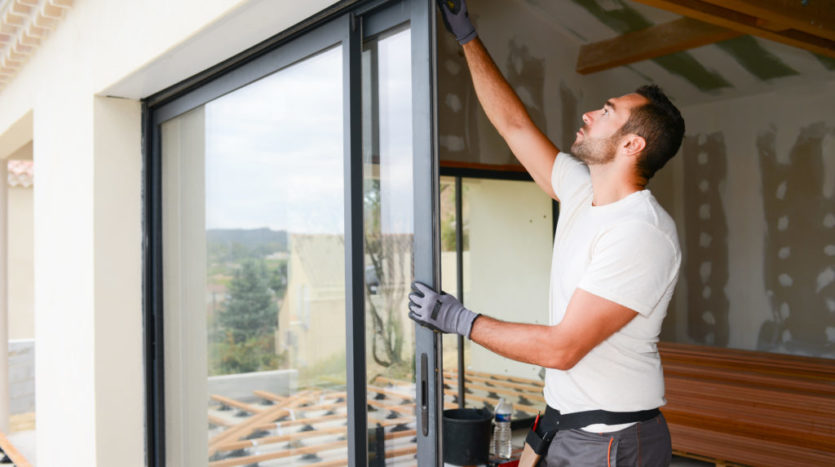Housing: What work can save energy?
The energy renovation of the French habitat is now on everyone’s mind, and it’s causing a lot of ink to flow, both on information supports and in legal papers. The stakes are high: combating housing deterioration at the national level, catching up to European norms in particular, and adapting our living spaces to climate change.
Renovation work also entails the possibility of conserving energy in the future, lowering the true cost of the original expenditure. The enhanced value to house and the increased comfort are only perks. It is still required to determine which works should be carried out, taking into account the context of the building in question and with the goal of maximum energy savings, both for financial reasons and to advance in the diagnostic categorization. of energy performance.
Let us make a list of the sorts of work that are efficient at conserving energy and that, in addition, will benefit from government subsidies in order to maximise the savings achieved by lowering the investment.
#1 Replace your joinery
They certainly play an important part in a home’s capacity to retain heat as well as the ability to leave it outdoors in the summer. Although most windows now have double glazing, technology is continuously evolving, and today’s windows protect far better than those of 20 years ago – double glazing has been around since the 1980s, for the record. Replacing all of its woodwork, including outside doors and bay windows, with contemporary double glazing or even triple glazing would surely result in energy savings of between 10% and 15% on the heating expenditure.
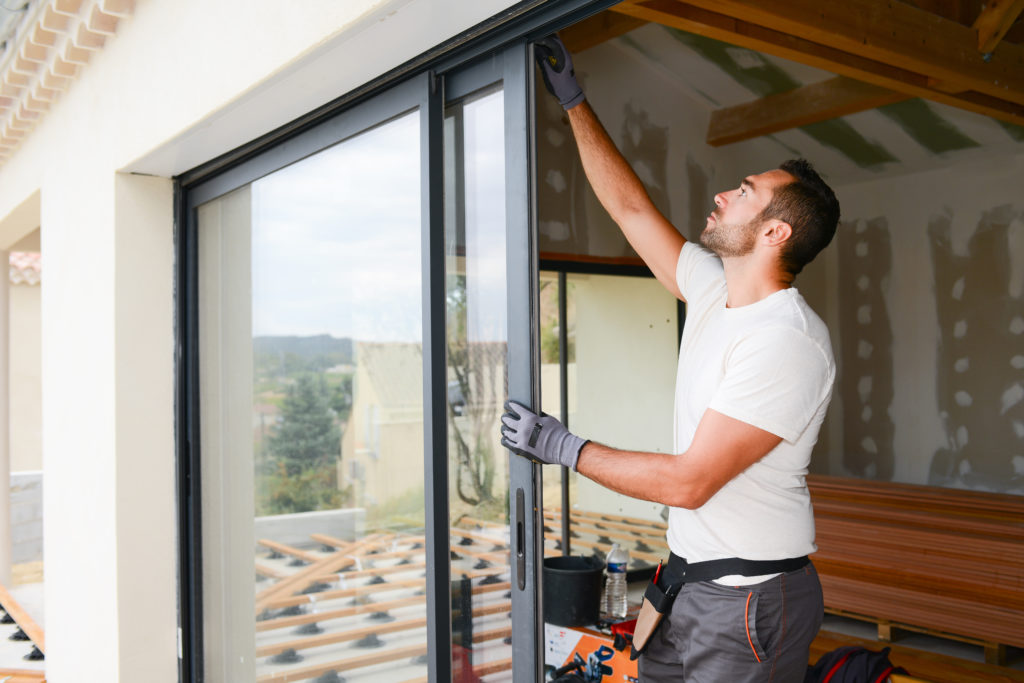
Pay special attention to the Uw coefficient, which must exist in the estimate, while selecting your future joinery. It determines the frame’s and glazing’s energy efficiency, and the better the insulation, the more effective it is (because it reflects the inverse of the thermal resistance). Choose joinery with a Uw coefficient of less than 1.5 at the very least. With an excellent performance, this indication will be around 1.2, while so-called “passive” dwellings will likely be around 0.8.
Subsidy point: For the replacement of joinery, the Ma Prime Rénov’ plan may provide a subsidy of up to €100 per piece of equipment for those with the lowest incomes, but only up to €40 for those with intermediate incomes. There will be no more premiums sent out if a single person’s salary reaches €38,184 and a couple’s income reaches €56,130. Other aids may be incorporated; see our summary at the conclusion of this page for further information.
#2 Insulate the walls
Another source of heat loss – or cold entrance – is a home’s walls, which must be adequately insulated to produce significant energy savings. Interior insulation is already present in most older houses; doubling it is not an acceptable choice when considering the loss of living space. It may be feasible to remove the present insulation and replace it with more effective materials, but it is preferable to reinforce it with outside insulation wherever possible.
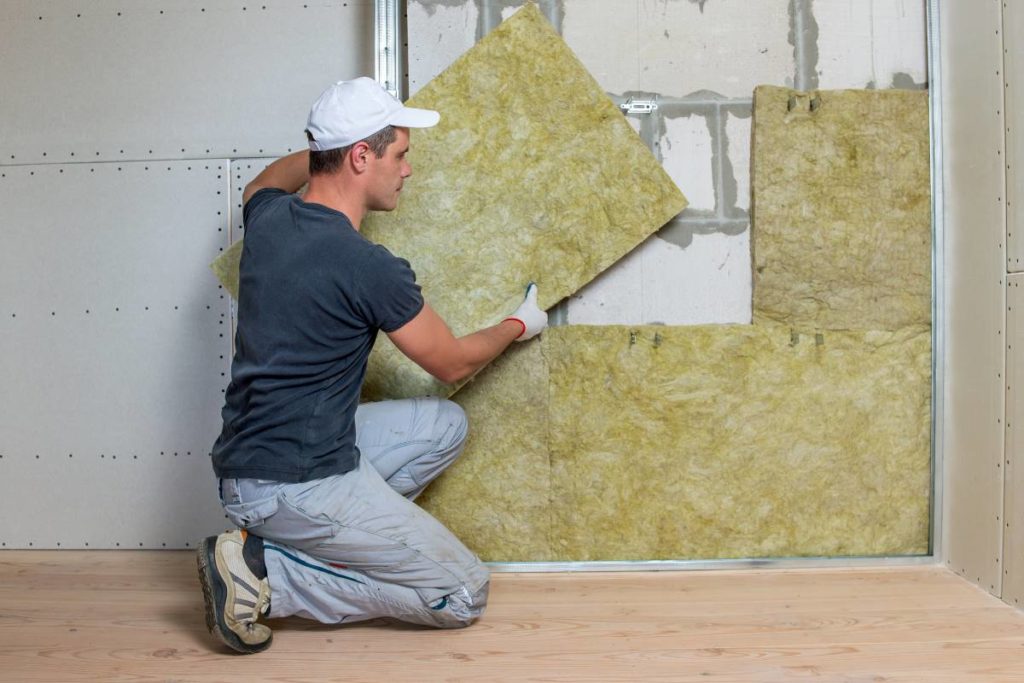
For external insulation, which costs roughly €150 per insulated square metre, it is predicted that a gain of between 20% and 25% less heat loss might be achieved. Great discrepancies in quotations are likely, so have the task evaluated in your environment by two or three businesses before embarking on a particular mission.
Subsidy point: Subsidies of up to €61 per square metre may be used to amortise the cost of this insulation.
#3 Insulate lost attics
The heated air grows lighter and tends to climb, thus the best method to save money on heating is to insulate the roof. Ademe believes that a leak through the roof causes 25% to 30% of energy losses, despite the fact that insulation work will not be the most costly here. If the government does not fund the €1 insulation offer after July 1, 2021, alternative technologies will be used to keep costs down.
Subsidy point: It is expected that between €28 and €63 per square metre of attic insulation might be achieved in terms of financial assistance.
#4 Install an air-to-water heat pump
This is equipment that is beneficial above all for the comfort of the accommodation’s residents, but whose payback period is long. It will, nevertheless, be suitable if the goal is to minimise energy use.
For the record, a heat pump recovers the calories contained in the air, water, or earth, within or outside the home, using a refrigerant, and restores them to the ventilation system or the domestic water heating system. Unlike a refrigerator, it will retain heat while removing cold (or the reverse in summer if it is reversible). The method is both ecologically benign and cost-effective in terms of “imported” energy. When compared to regular heating expenditures, the savings might be as much as €1,000 per year, depending on the size of the residence.
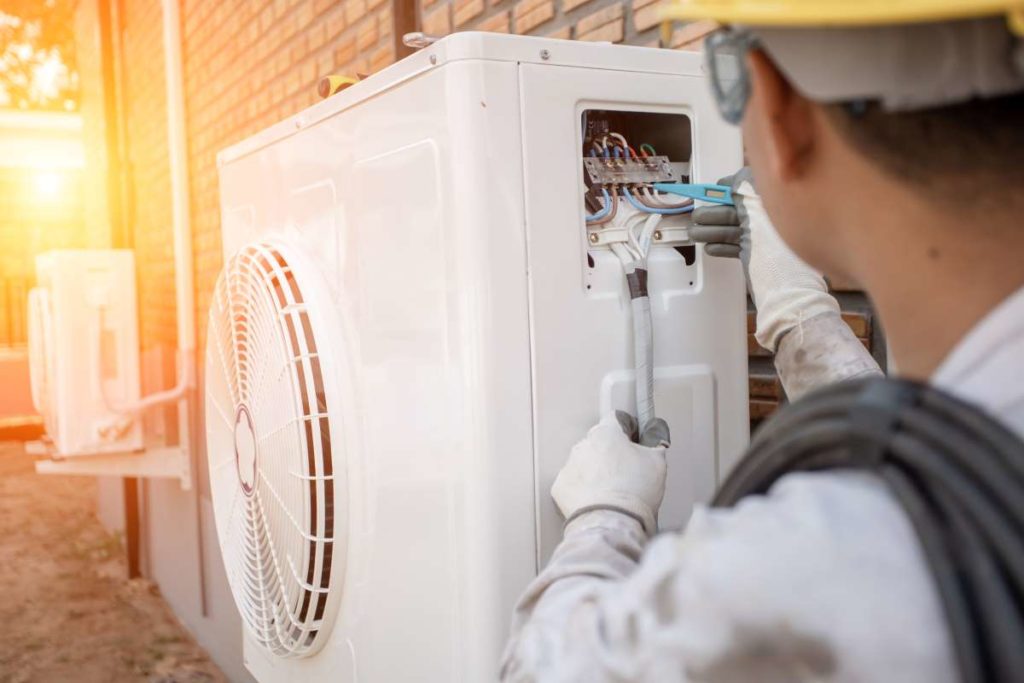
The cost of purchasing and installation is typically between €10,000 and €15,000, however incentives are available to help decrease the cost.
Subsidy point: a family may save 30 to 45 percent on the cost of installing a heat pump by combining help from the Ma Prime Rénov’ programme with energy savings certificates (EEC).
#5 Equip yourself with a combined solar system
A combined solar system is an arrangement that uses solar panels to provide electricity for part of the residential hot water production (including heating). The system may produce 60 percent or even 70% of a home’s demands in the most favourable places, thus a conventional system is still required, but the energy cost will be significantly lowered.
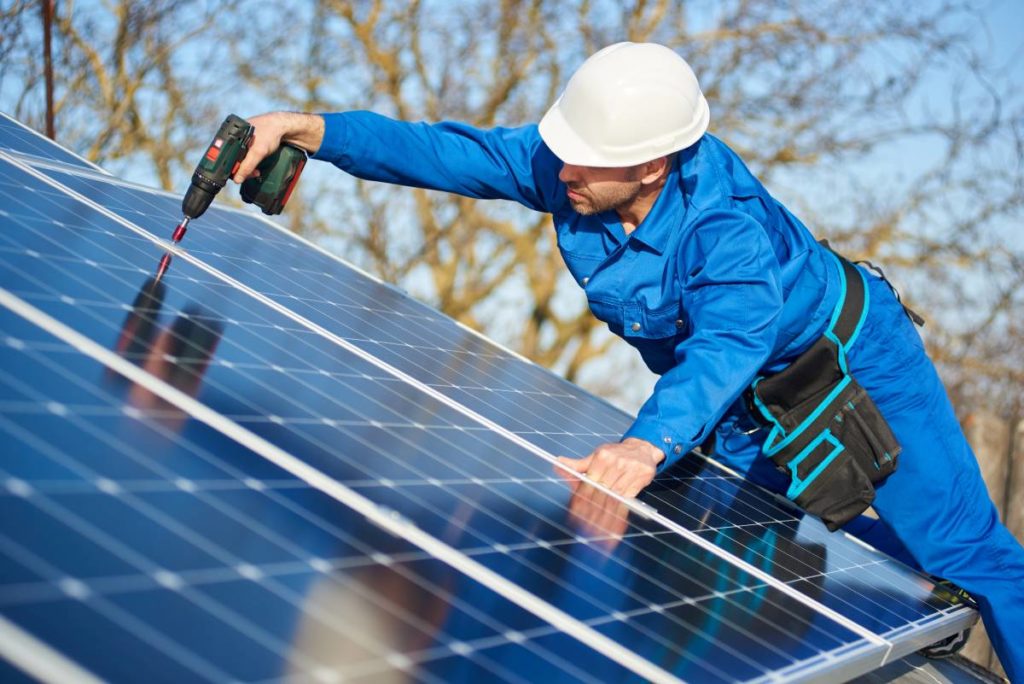
The cost of the installation will range between €12,000 and €18,000 for an average-sized home. The profitability estimate will have to be done by subtracting the actual savings from this cost.
Subsidy point: for this sort of installation, the help may cover up to €6,500 in costs, including €2,500 from the CEE.
#6 Opt for a global renovation
If the home in question is a thermal sieve, all of the efforts outlined above will be in vain. Then an entire refurbishment will be required, which will most likely include total insulation, woodwork replacement, and the installation of an appropriate and cost-effective heating system.
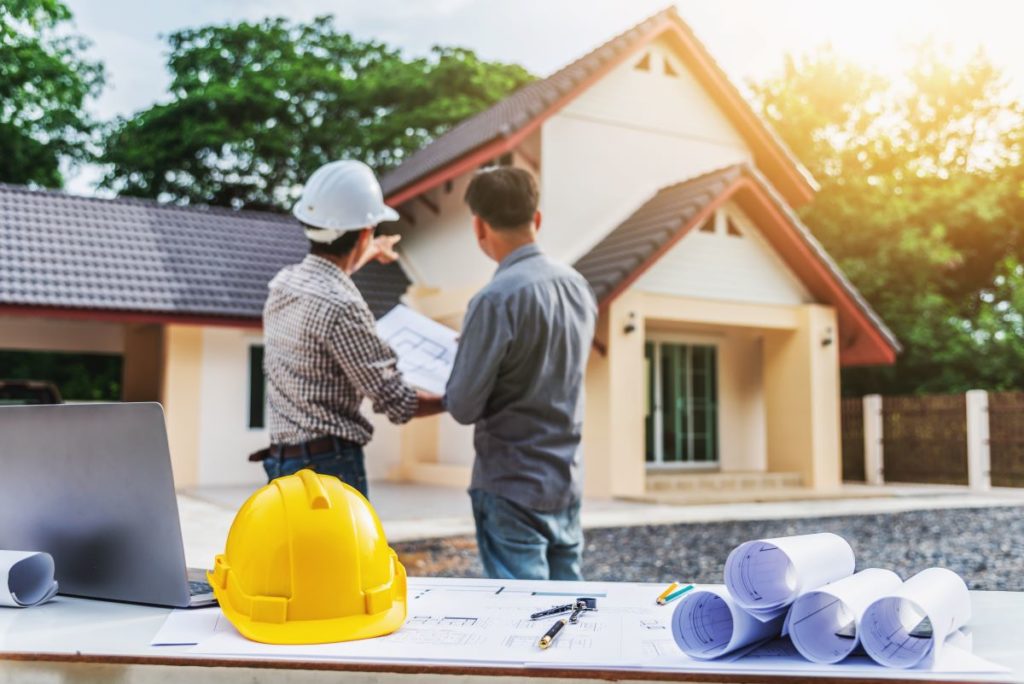
The need for such a refurbishment must be anticipated at the time of purchase and properly funded, but if a preliminary audit is conducted, it may be eligible for further particular subsidies. For a 100 square metre residence, the cost will range between €35,000 and €70,000, depending on the materials used. The savings on energy bills are significant: up to 75% reduced costs.
Subsidy point: if the property is categorised F or G at the DPE, the whole renovation is eligible for the Ma Prime Rénov’ programme, which may pay a bonus of €7,000 or even €8,000. CEE-related aid might potentially surpass €7,000.
Additional information on grants
Let’s look at the systems that might give financial assistance in the case of remodelling work in greater detail. Because practically all of the subsidies – and their amounts – are conditional on the family’s finances or the kind of housing and job, each household will have to conduct a specific research. In 2022, it will be important to concentrate on:
• To the Ma Prime Rénov’ system in the first place, in force under practically identical conditions to the previous year for 2022 and which provides financial assistance for most renovation work. Please note, however, that the Ma Prime Rénov’ system now excludes from its scope of intervention, dwellings completed less than 15 years ago (compared to 2 years so far).
• To the Anah (national housing agency) which can be approached for a possible additional subsidy.
• To banks likely to grant zero-rate eco-loans (eco PTZ), without means-testing, if they have signed a specific agreement with the State.
• To energy supply companies, likely to offer aid within the framework of Energy Savings Certificates. It can be bonuses, an attractive loan or advice.
• The energy check, financial aid allocated automatically by the government according to household resources and which can be used to pay for renovation work if you are the beneficiary.
• The Denormandie system, extended until the end of 2022 and which allows you to benefit from a tax reduction in the event of the acquisition of housing to be renovated in certain districts.
• Finally, some local authorities grant total or partial exemptions from property tax, subject to renovation work being carried out.
Renovations to one’s home or the installation of a new heating system are now a matter of careful calculation, taking into account the costs and benefits obtained, the study of the specific context, the building’s value, and any potential subsidies. An equation to solve that, if done correctly, may aid in determining the appropriate measures to take in order to increase long-term profitability.
Owners of occupied properties and landlords are also worried, and everyone will have a financial incentive to renovate. Before you start, speak with a remodelling specialist who can provide you important advise, and make sure you get many prices. Now it’s your time to play!


